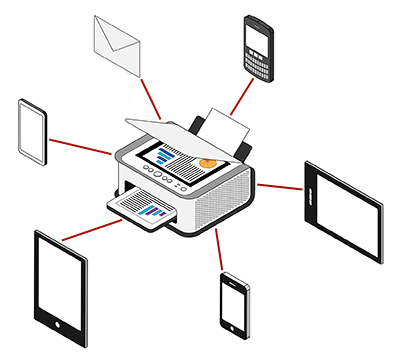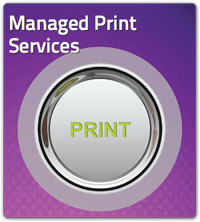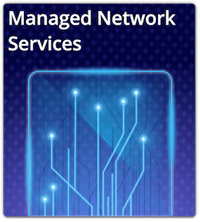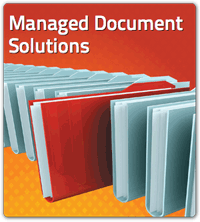The Internet of Things: A New Era for Smart Printing?
 The Internet of Things (IoT) is here, and if your business is more than likely knee-deep in it. Today, three quarters of American companies are using or planning to deploy some form of IoT. So……what does this mean for a business’ print environment?
The Internet of Things (IoT) is here, and if your business is more than likely knee-deep in it. Today, three quarters of American companies are using or planning to deploy some form of IoT. So……what does this mean for a business’ print environment?
The Internet of Things (IoT) connects a wide range of internet-enabled devices – phones, cars, white goods, homes and more – each of which generates data. As sensor and chip technology evolves, devices are becoming increasingly intelligent and may be connected, monitored and managed remotely. This world of smart devices has the potential to improve business efficiency, reducing operating and maintenance costs.
For businesses that rely on managed print services, proactive maintenance and support is the norm. Even for companies that do not participate in a managed print program, the IoT can facilitate device support. These days, smart printers and MFPs (multifunction peripherals) are equipped with technology that enables the remote management of these devices. Automated meter readings, automatic supplies replenishment and remote diagnostics provide businesses with extended uptimes and increased productivity levels. Most enterprise-level devices have the ability to send automated alerts when service is necessary or when consumables, such as ink, toner, or paper, need replenishment.
It has been estimated that over 40% of businesses rely on a managed print environment to control and manage their MFP fleets. Because technology differences exist across printer and copier brands, managed print providers usually rely on a combination of monitoring tools, especially when a business utilizes a variety of printer and copier brands.
Smartphones and printers already have the ability to communicate, and future innovations will introduce standardized mobile printing platforms regardless of mobile OS or printer brand. IoT technology has the potential to make deep changes to the print industry, which is rapidly adapting to the proliferation of mobile devices and their various platforms of connectivity.
 Printer hardware already utilizes cloud connectivity and improved document processing capabilities and intelligence. By adding IoT-accessible sensors and networking technologies, businesses can gain valuable real-time insight into print usage.
Printer hardware already utilizes cloud connectivity and improved document processing capabilities and intelligence. By adding IoT-accessible sensors and networking technologies, businesses can gain valuable real-time insight into print usage.
IoT technology offers a range of smart printing benefits, including:
Operational efficiency. Remote device monitoring can reduce the need for routine maintenance visits. Potential issues can be identified and fixed before they have an impact on the business. Accurate, timely delivery of information leads to less device down-time and more efficient device usage. Information can be collected automatically and in certain cases systems maintained and repaired remotely so engineers and service staff can manage their time more effectively.
Improved service quality: IoT machine-to-machine technology allows businesses to collect data from devices and other assets that can be used to produce more accurate billing. It also allows businesses to leverage proactive maintenance models rather than break/fix models, which only kick in once a problem has been identified. The data collected – such as usage levels and patterns – can then be used to procure or even develop new products that meet evolving customer requirements.
Sustainability. Real-time data can be collected and used to optimize energy usage for devices, reducing an entire enterprises environmental impact. For instance, machines can be put into a light or deep sleep mode, or completely powered off automatically or remotely, based on usage patterns.
Automated smart printing devices will continue to help businesses reduce costs, optimize their workflow and improve efficiency. Harnessing this growth requires new levels of innovation, and leveraging the intelligence of smart connected printers and MFPs will be fundamental to the efficiency of the next generation print environments.
Return to the Tech Trends Newsletter
 |
 |
 |

